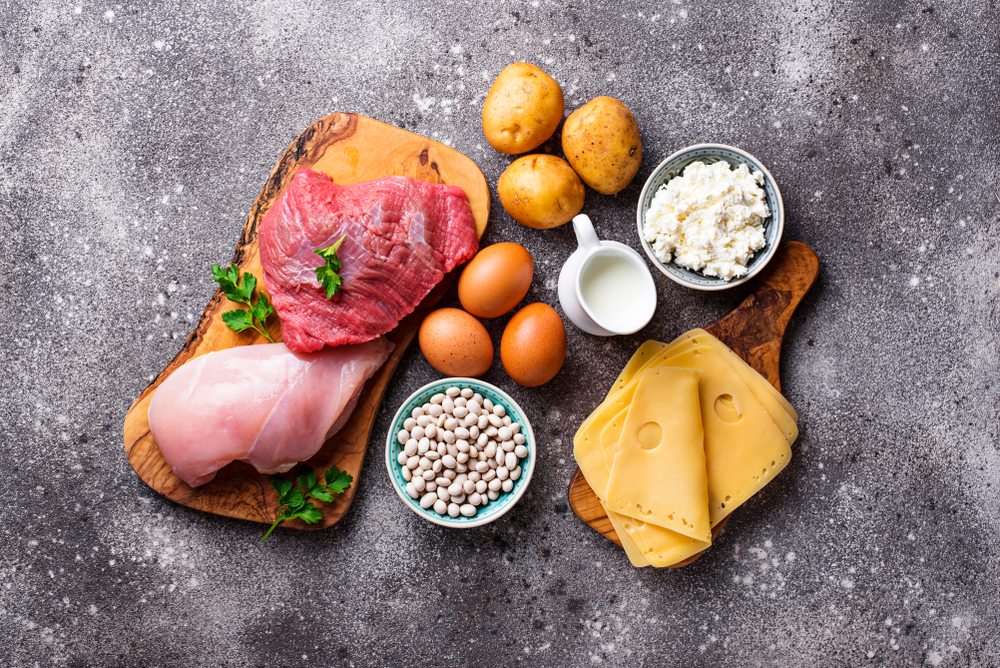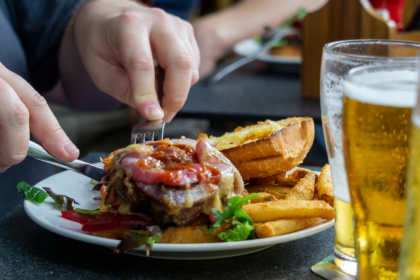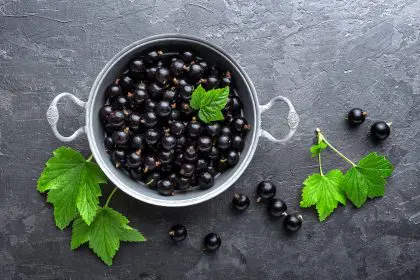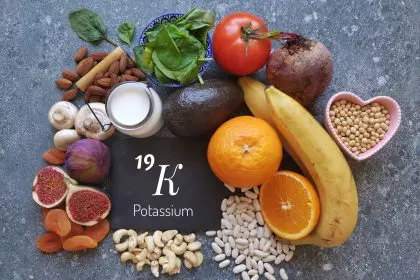Sometimes, hitting your protein goals feels like solving a complicated math problem, but here’s the thing, getting enough protein doesn’t have to mean obsessing over every gram or living on chicken breast. Science has some surprisingly simple solutions that actually work, and they’re about to change how you think about protein forever.
The problem isn’t just about how much protein you’re eating, it’s about when and how you’re getting it. Most people make the mistake of backloading all their protein at dinner, leaving their muscles hungry for nutrients throughout the day, but your body needs a steady supply of protein to maintain muscle mass, support recovery, and keep your metabolism firing on all cylinders.
7 game changing protein strategies that actually work
- Your protein needs are probably higher than you think. Forget the old school RDA of 0.8 grams per kilogram. If you’re hitting the gym regularly, you might need up to 1.4 grams per kilogram to build and maintain those muscles. For someone weighing 150 pounds, that’s about 95 grams of protein daily. It might sound like a lot, but breaking it down into smaller portions throughout the day makes it totally manageable.
- Timing is everything but not in the way you might think. Instead of loading up on protein at dinner, spread it throughout your day. Aim for 20 to 25 grams every few hours like a steady protein drip feed for your muscles. This approach keeps your amino acid levels stable and supports continuous muscle synthesis. Think of it as giving your body a constant supply of building blocks rather than dumping them all at once.
- The post workout window isn’t as small as bro science would have you believe. You’ve got a good two hours after your workout to get that protein in, so no need to panic chug a shake in the locker room. This longer window means you can focus on having a proper meal with whole food sources of protein, which often provide additional nutrients your body needs for recovery.
- Animal versus plant protein isn’t really a competition, both have their place in a healthy diet. Animal proteins give you all your amino acids in one shot, while plant proteins work better as a team. If you’re following a plant based diet, focus on combining different protein sources throughout the day to ensure you’re getting all your essential amino acids. Think beans and rice, hummus and pita, or quinoa and lentils.
- Your pre workout meal might need a protein boost especially if you’re planning an epic gym session. For workouts longer than an hour, consider a light protein snack to keep your muscles happy. This could be as simple as a banana with nut butter or a small protein shake. The key is finding something that sits well in your stomach and provides sustained energy.
- The magic number for muscle building is 20 to 25 grams per meal. Think of it as your protein sweet spot, not too little, not too much, just right for optimal muscle synthesis. Your body can only process so much protein at once, so mega doses aren’t necessarily better. Spreading your intake across multiple meals is more effective than trying to pack it all into one or two giant servings.
- Morning protein sets you up for success. Starting your day with protein helps regulate your metabolism and keeps those hangry moments at bay. It also helps set a positive tone for your eating habits throughout the day. When you start with protein, you’re more likely to make balanced choices at your other meals.
Making protein work for your schedule
The secret to protein success isn’t just knowing what to eat, it’s creating a sustainable routine that fits your lifestyle. Whether you’re a busy professional, a parent on the go, or someone who just hates spending hours in the kitchen, there are ways to make hitting your protein goals easier.
Meal prep can be your best friend when it comes to protein planning. Spending a few hours on Sunday preparing protein rich foods for the week can save you from the temptation of skipping meals or reaching for less nutritious options when you’re busy. Cook a batch of chicken breasts, hard boil some eggs, or prepare lentils and quinoa in advance.
Keep protein rich snacks readily available both at home and work. Stock your desk drawer with nuts and seeds, keep Greek yogurt in the office fridge, or pack individual portions of cottage cheese for easy access. These small preparations can make a big difference in helping you meet your daily protein needs.
The truth about post workout nutrition
The post workout period is crucial for recovery, but it doesn’t have to be complicated. Focus on having a balanced meal within two hours of finishing your workout. This meal should include not just protein but also carbohydrates to replenish glycogen stores and support recovery.
Don’t fall into the trap of thinking you need expensive supplements to meet your protein needs. While protein powders can be convenient, whole food sources often provide better overall nutrition. They come packaged with fiber, vitamins, minerals, and other beneficial compounds that support your health goals.
Beyond the basics
Creating sustainable protein habits is about more than just hitting numbers. It’s about developing a healthy relationship with food and understanding how protein fits into your overall nutrition strategy. Start by making small, manageable changes and build from there.
Track your progress but don’t obsess over it. Notice how different protein sources and timing strategies make you feel. Pay attention to your energy levels, workout performance, and recovery. These real world indicators are often more valuable than strictly adhering to specific numbers.
Remember, nutrition is highly individual. While these guidelines provide a solid framework, you might need to adjust them based on your specific needs, goals, and lifestyle. The most effective protein strategy is one you can maintain consistently over time.

















